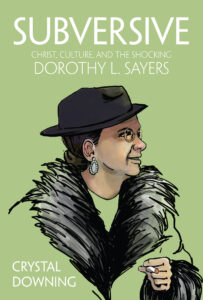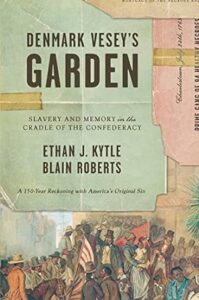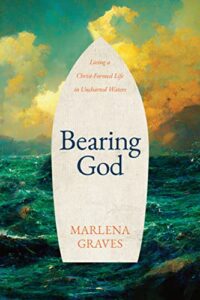 Summary: Sophie, the eldest daughter of a hatmaker, is cursed by an evil witch and has to figure out how to break that curse.
Summary: Sophie, the eldest daughter of a hatmaker, is cursed by an evil witch and has to figure out how to break that curse.
I am not sure why I have not previously read Howl’s Moving Castle. I know that I mistakenly thought that I had watched the movie. (I am pretty sure I watched Spirited Away and wrongly remembered it as Howl’s Moving Castle.) I was looking for some fiction last week and saw the audiobook at my library after seeing someone say on Twitter that they reread it every January. I picked it up on a whim and finished it in three days.
Howl’s Moving Castle is a book that I want to read again in print. I enjoyed the audiobook, but there are a few times when I think I missed small plot points because it was audio and not in print. There is depth in the story here but like many young adult books, there is a lot of the story that is rooted in misunderstanding. And some of that misunderstanding is the characters not understanding their own emotions.
Sophie, the protagonist, is a witch or magician, but she doesn’t not know it. Her lack of awareness of her gifts is the main plot point. She slowly comes to an awareness of her gifts as she comes to an awareness of her love for Howl’s, the self-centered womanizing wizard who is responsible for the moving castle. The magic has a video game and steampunk feel to it. It works, but it isn’t as much classic Mideavil sword and sorcery fantasy as it is a 19th-century world that has magic.
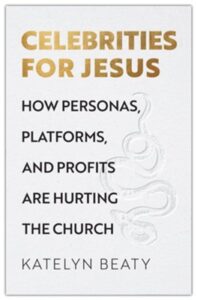
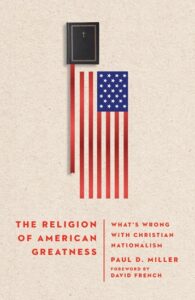
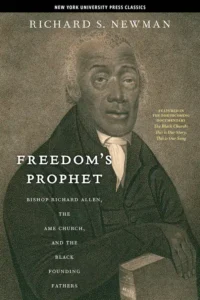 Summary: The biography of Richard Allen, the founder of the African Methodist Episcopal denomination and one of the early Black leaders in the US.
Summary: The biography of Richard Allen, the founder of the African Methodist Episcopal denomination and one of the early Black leaders in the US. 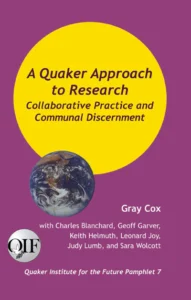 Summary: An exploration of Quaker practices of group discernment in an academic or research setting.
Summary: An exploration of Quaker practices of group discernment in an academic or research setting. 